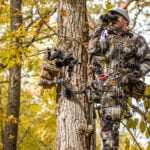This time of year can be tough on die-hard deer hunters. As I write this, deer season is over in all but a few states, and many of you are already dreaming of spring morning serenades from love struck gobblers or wetting a line at your favorite fishing hole.
While I’m certainly looking forward to spring, don’t wish away winter just yet. There are several habitat projects you can work on this time of year that will pay dividends this fall and well into the future.
Make a Game Plan
Before you break out the tractor or chainsaw, take some time to reflect on your accomplishments and failures from the past year and use what you learned to make plans for the rest of this year.
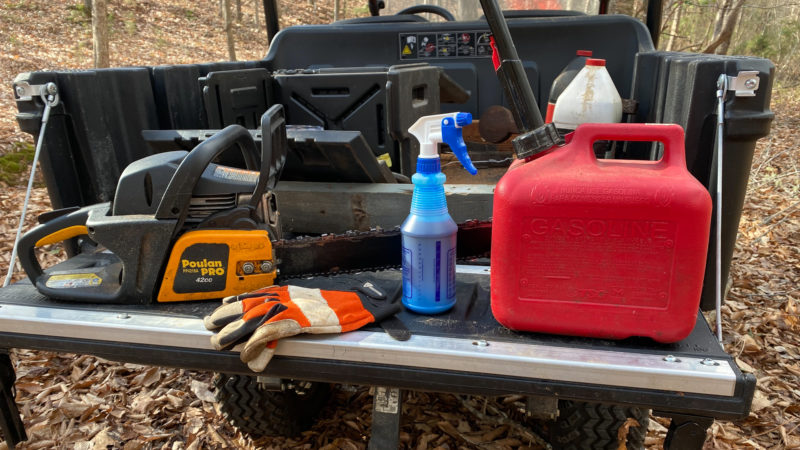
Take the next rainy or dreary day you get to sit down for a few hours and outline what you’d like to accomplish on your hunting grounds this year. Is it time for a prescribed burn? Maybe your clover plots are in dire need of some weed control and overseeding. Is this the year you’re finally going to create better bedding cover in the center of your property?
Put those goals on paper, and make a game plan to accomplish them. Plan for how much time and money you’ll need, as well as what tools and equipment will be necessary. Then stick to the plan.
If you’re looking for a few items to put in that plan for the remaining winter months, here’s a few ideas.
Forest Stand Improvement
Most deer hunters and land managers spend too much time working on their food plots and not nearly enough time with a chainsaw in their hands improving the rest of their property. That’s a shame, because well-managed woodlands can provide critical year-round food.
To put this into perspective, a mature hardwood forest provides roughly 100 pounds of forage per acre. If you incorporate forest stand improvement (FSI) and prescribed fire on that same woodlands, that number increases to over 500 pounds of forage per acre.
That’s a huge increase. And not only is there more food, but you now have great cover that will ensure the deer feel much more comfortable moving on your property during daylight hours.
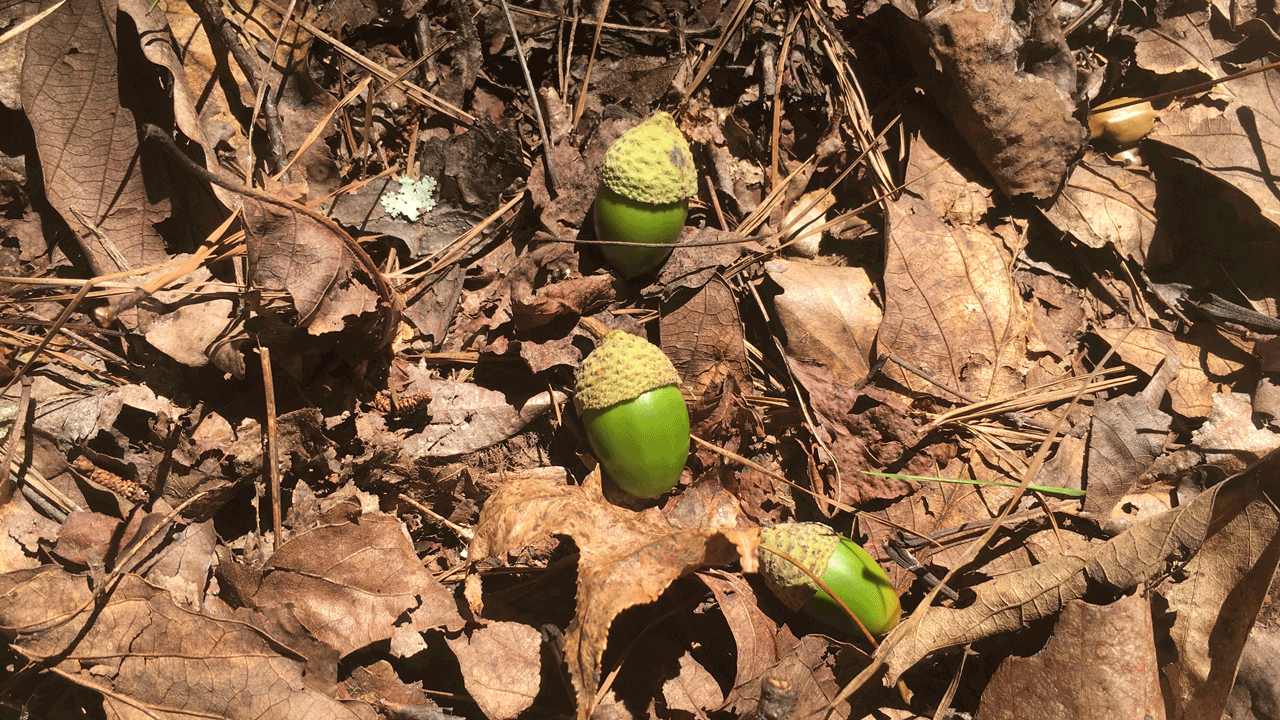
To oversimplify, FSI work is simply removing enough trees — typically those with little to no wildlife value — to allow sunlight to reach the forest floor. The more sunlight that reaches the forest floor, the more understory growth it will stimulate, which provides that needed food and cover.
Before you take on this project, though, it’s important to know what kind of trees you have on your property, and which ones provide the least benefit to deer and other wildlife. That’s going to vary depending on what part of the country you call home.
If you’re not comfortable making those kinds of decisions, enlist the help of a local wildlife biologist or a forester with a wildlife background.
The benefits of forest stand improvement work can be amplified with another potential winter project, prescribed fire.
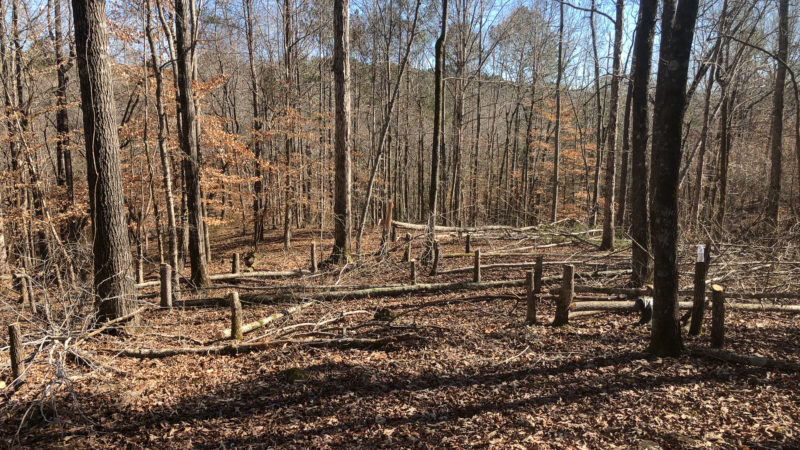
Prescribed Fire
I am a huge proponent of prescribed fire, and truly believe there is no better way to impact as large of an acreage in as short a period of time, and at a minimal cost.
Whether you have open areas that need to be cleared of encroaching hardwood saplings, or you’re looking to stimulate understory growth in a wooded area where you’ve conducted FSI work, prescribed fire can be the perfect solution.
While prescribed fire can be used most any time of year, depending on your overall habitat objectives, winter is by far the most popular time. That’s because winter tends to provide more favorable weather conditions, and there’s little else happening in the deer woods that time of year.
There are certainly circumstances when a summer or fall burn may provide better results, but winter is a great time to get started with prescribed fire.
Obviously there are potential hazards involved with prescribed fire, so you should only conduct one with proper training or under the direct supervision of someone with the proper training. If you lack the necessary knowledge, try reaching out to your state forestry department or wildlife agency to see if help is available.
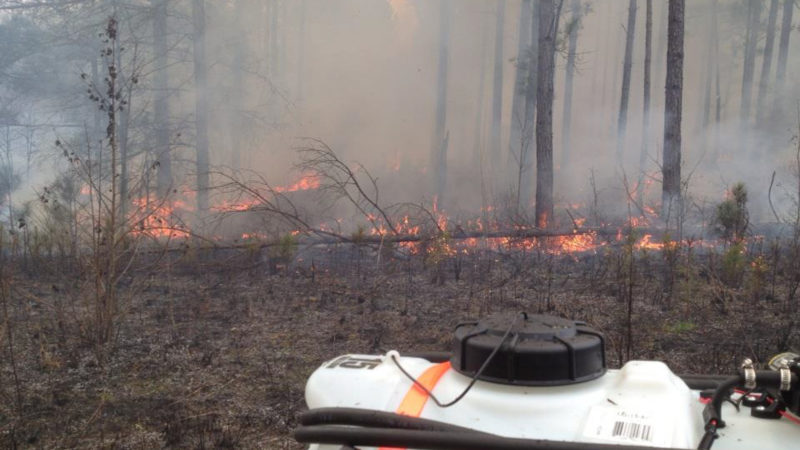
Invasive Species Control
An often overlooked way to improve wildlife habitat on a property is to rid it of any non-native, invasive species.
While non-native plants may seem harmless for the most part — or even beneficial for deer in some circumstances — you are much better off to remove and replace them with native alternatives.
Left unchecked, many non-native species can take over an area and shade out more desirable native species. Start by learning some of the more common non-native invasive species in your area, and then survey your property to see how many you can identify.
This is another case when a local wildlife biologist or forester can be an excellent source of valuable information about common non-native invasive species in your area. Ridding your property of these non-natives will likely take herbicide, possibly a chainsaw, and some research as to what method works best.
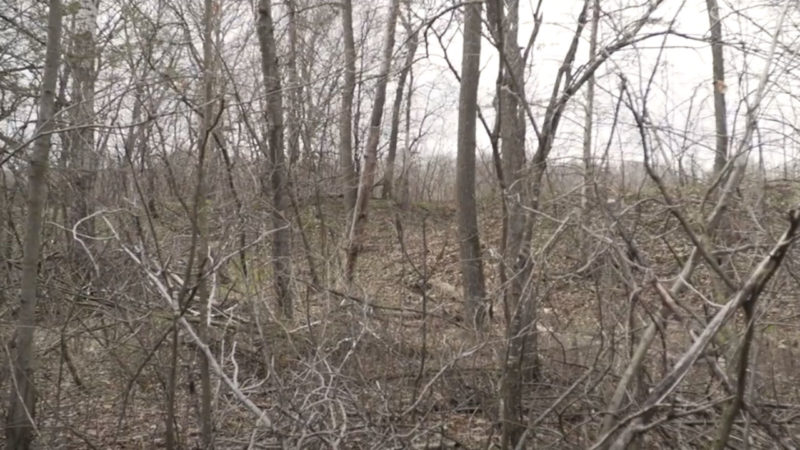
Unless you’re dealing with a very small property, this will likely be a long-term project, so don’t get discouraged. Pick a manageable-sized block of your property this year and do what you can to kill any non-native, invasive species you find in that block. Next year, pick a new block and do the same thing while monitoring and maintaining the block you previously treated.
You’ll likely never completely eradicate all the non-native plants on your property — not as long as birds and other animals are out there consuming and spreading seeds — but you can keep them at a manageable level with minimal impact to your overall habitat.
Plant/Prune Trees
Winter can be an excellent time to get mast-producing trees into the ground, or to prune existing fruit trees to encourage good form and maximum fruit production.
If acorns and/or soft mast is limited on your property, consider planting mast-producing trees. If you’re not familiar with what oak and fruit trees are native to your part of the country, talk with a local wildlife biologist or forester to find out.
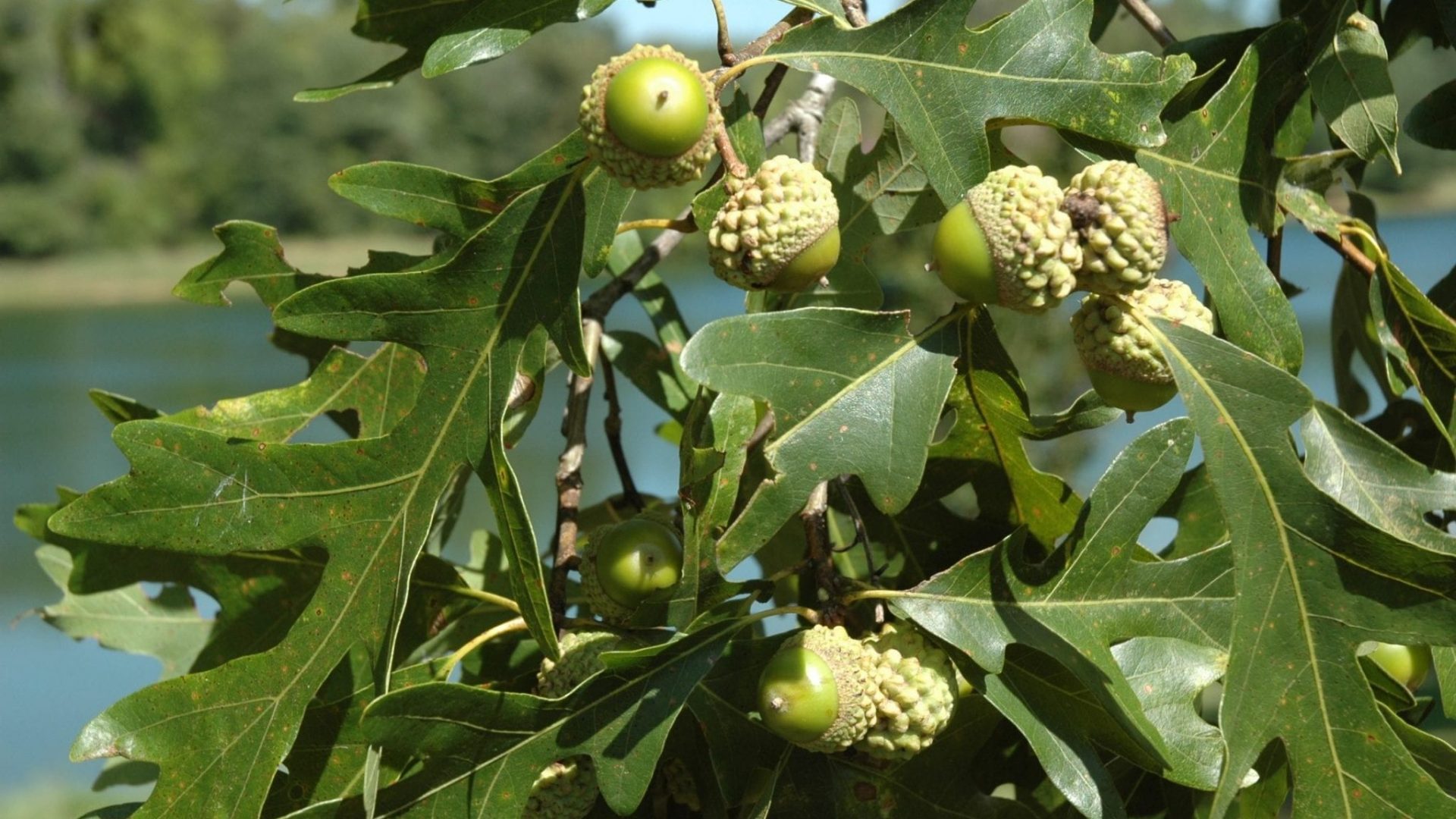
You may also want to check with your state forestry department to see if they offer tree seedlings for sale, as many states do. If not, there are plenty of nurseries around that will sell you mast-producing trees.
If you’re fortunate enough to have wild fruit trees on your property, winter is the time to prune them for maximum growth and fruit production. There’s both an art and science to pruning fruit trees, so I would recommend reading up on the process before you head out with pruning shears in hand.
At the very least you can focus on removing any dead, diseased or broken branches. You also want to remove any low-hanging branches or new shoots that cross each other or crowd other branches.
Take Soil Test
I almost hesitate to include this because it’s become so cliche when discussing food plots, but that doesn’t make it any less important. The truth is, despite every food plotter knowing they should take soil samples, many still do not.
Provided the ground isn’t frozen solid where you are, winter is the perfect time to get your soil tests knocked out.
Soil labs shouldn’t be busy this time of year, so you’ll likely get your results back quickly, giving you more time to get lime on the ground — if needed — and plan for your fertilizer requirements. Lime can take months to fully impact the pH of your soil, so the sooner you can get it spread, the better off your food plots will be.
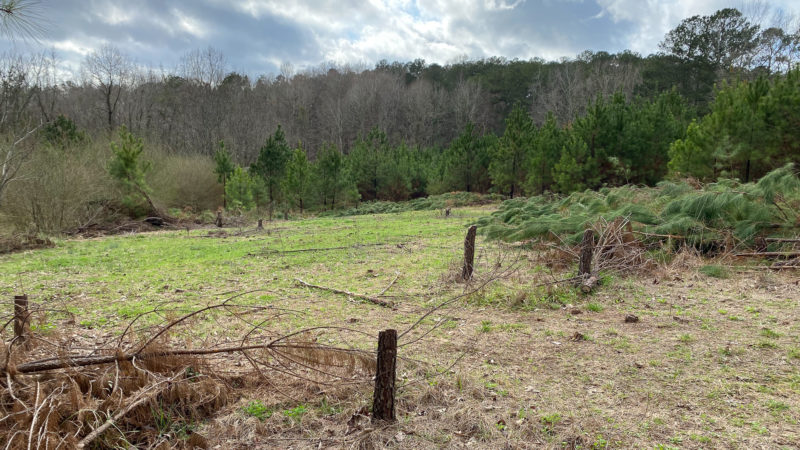
Frost Seed Cover
Are your clover plots starting to look a little sparse or weedy? Winter can be a great time to spruce them up by frost seeding the plot to help fill in any gaps.
As the name implies, frost seeding is simply broadcasting seed on frozen ground, and allowing the freezing/thawing process to pull the seed into the soil.
This process works great for tiny seeds like clover, and it can help jump start your clover plot once the weather warms and spring rains hit.
Combined with a spring herbicide treatment to kill any weeds that may be encroaching in the plot, you should be able to extend the life of your perennial clover plot without having to start from scratch.
Wrap Up
The dead of winter can be a tough time of year for those of us who love to hunt and fish, but that doesn’t mean we should hibernate in our warm houses until the gobblers start strutting in March or April.
There’s plenty of work to be done right now that will improve your hunting property for wildlife and increase your odds of future hunting success. So get busy, because those longboards will be doing their thing before you know it.

 By
By 

